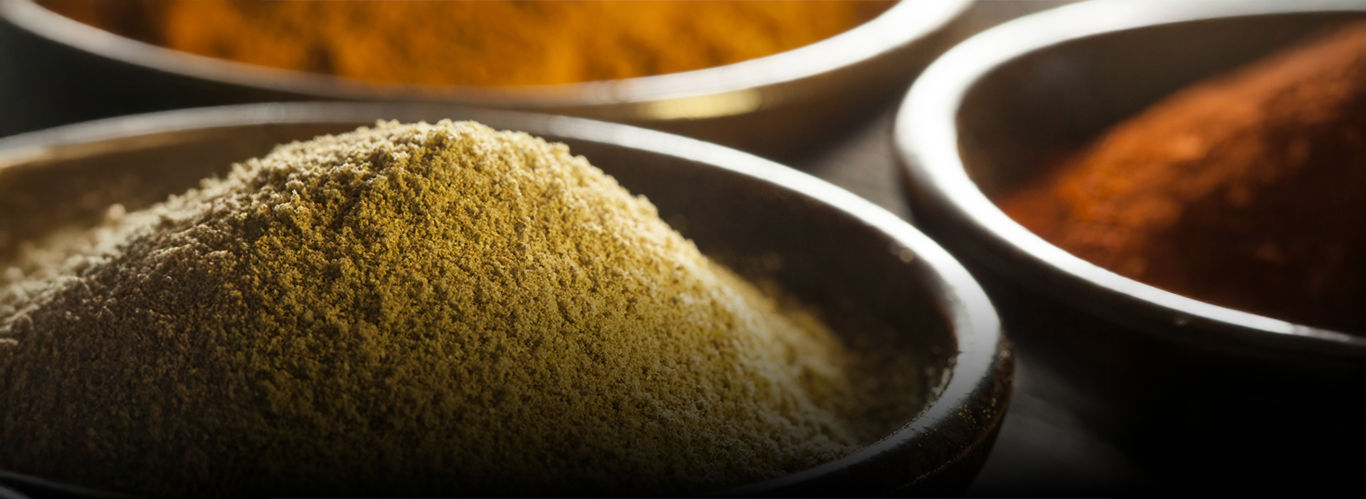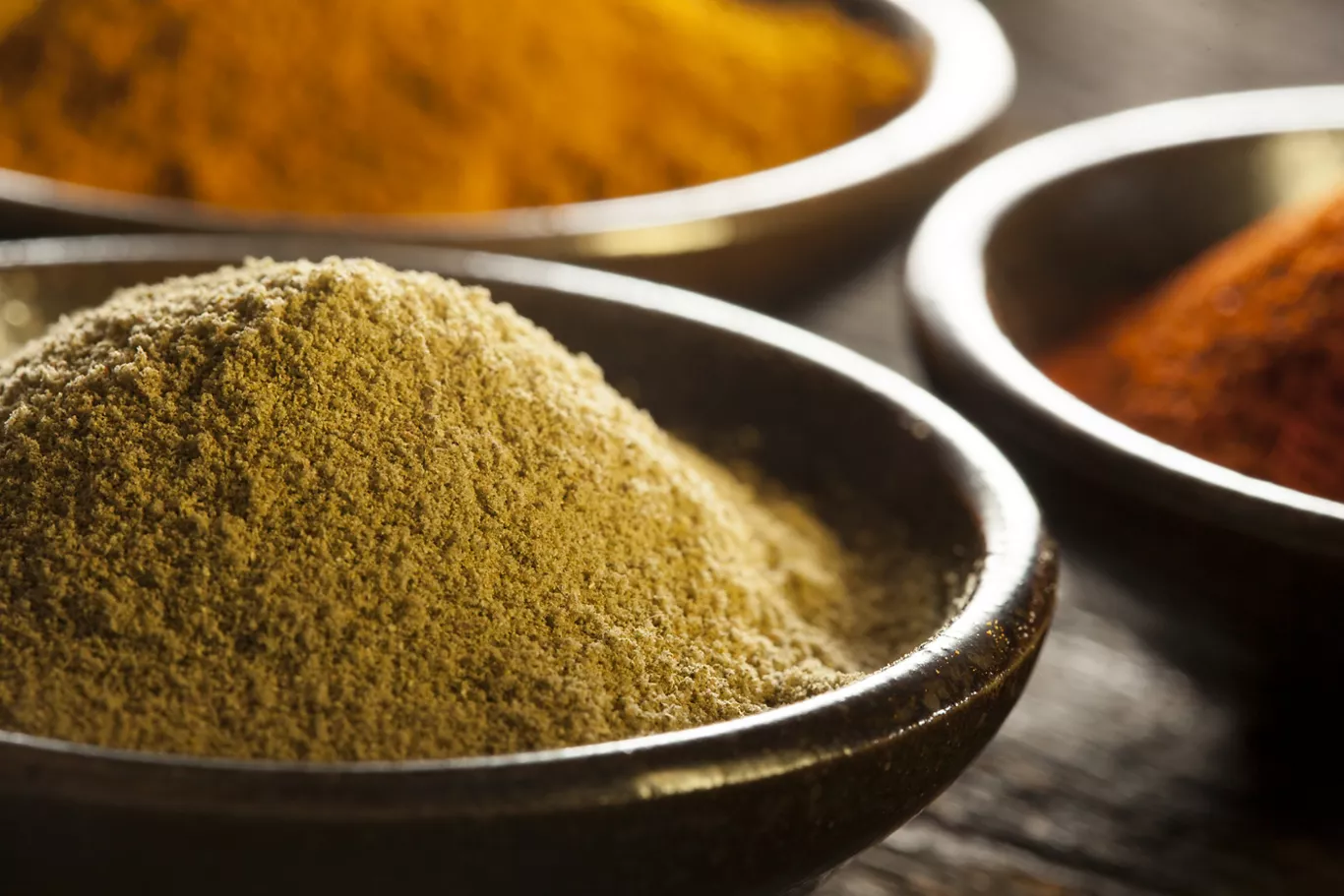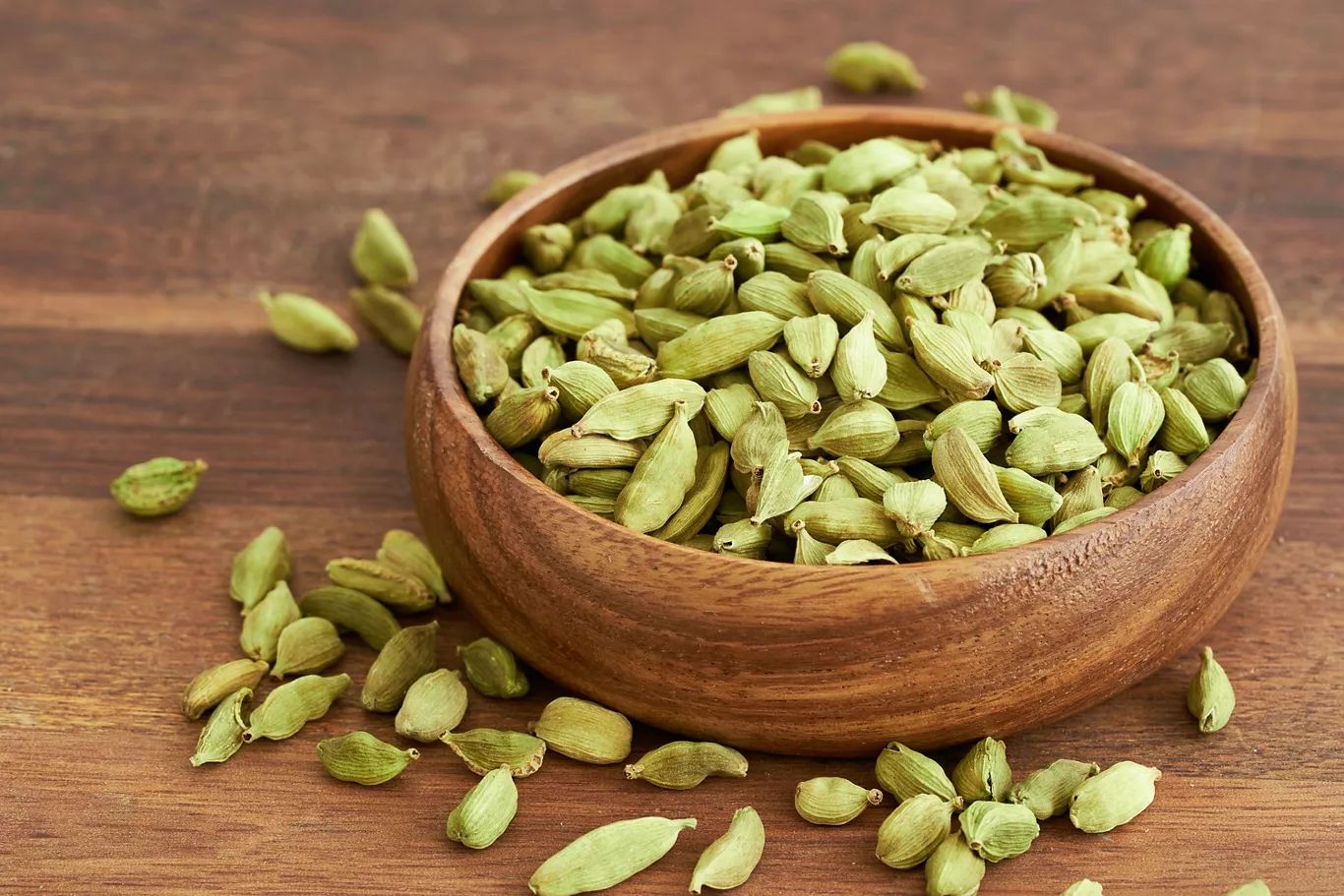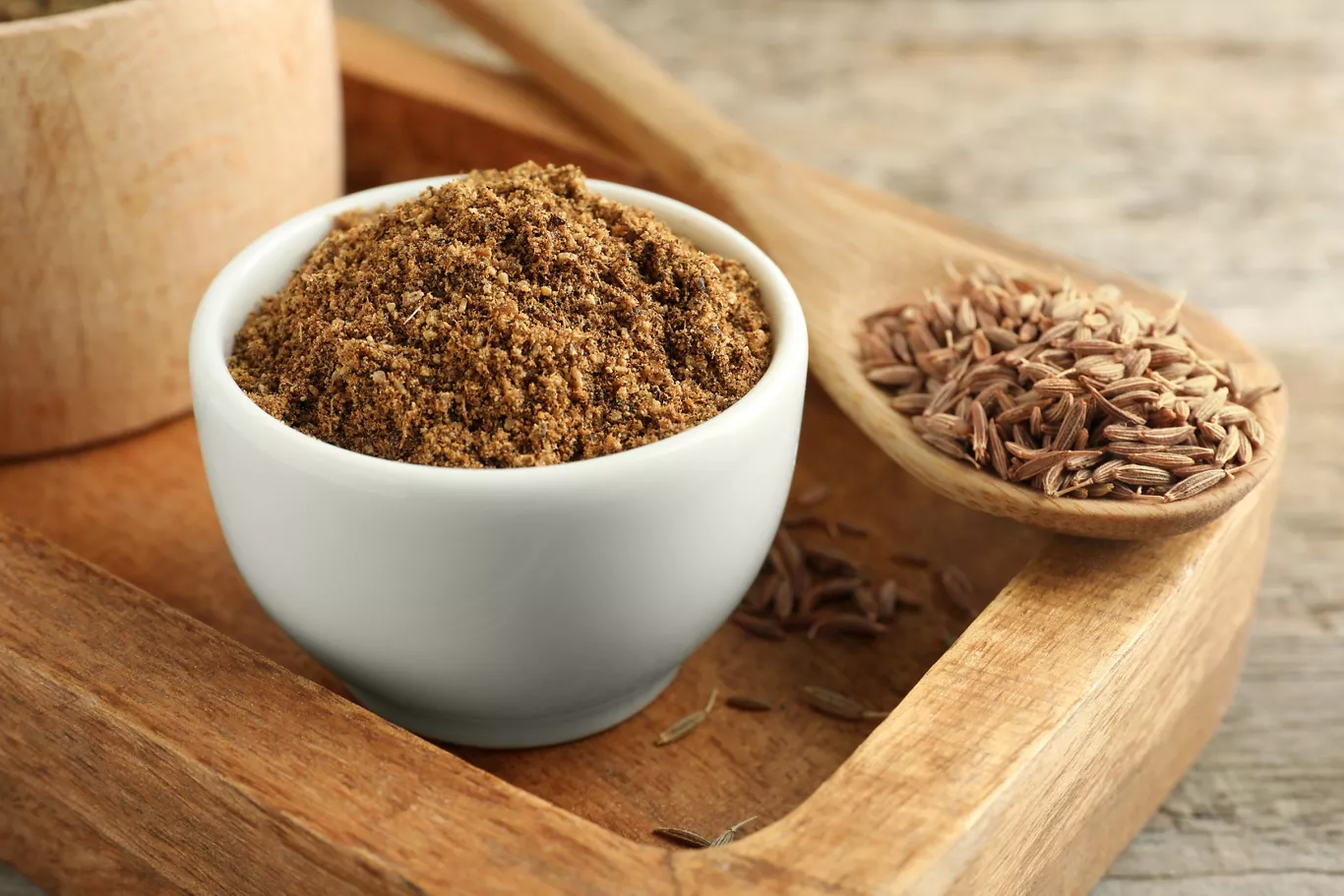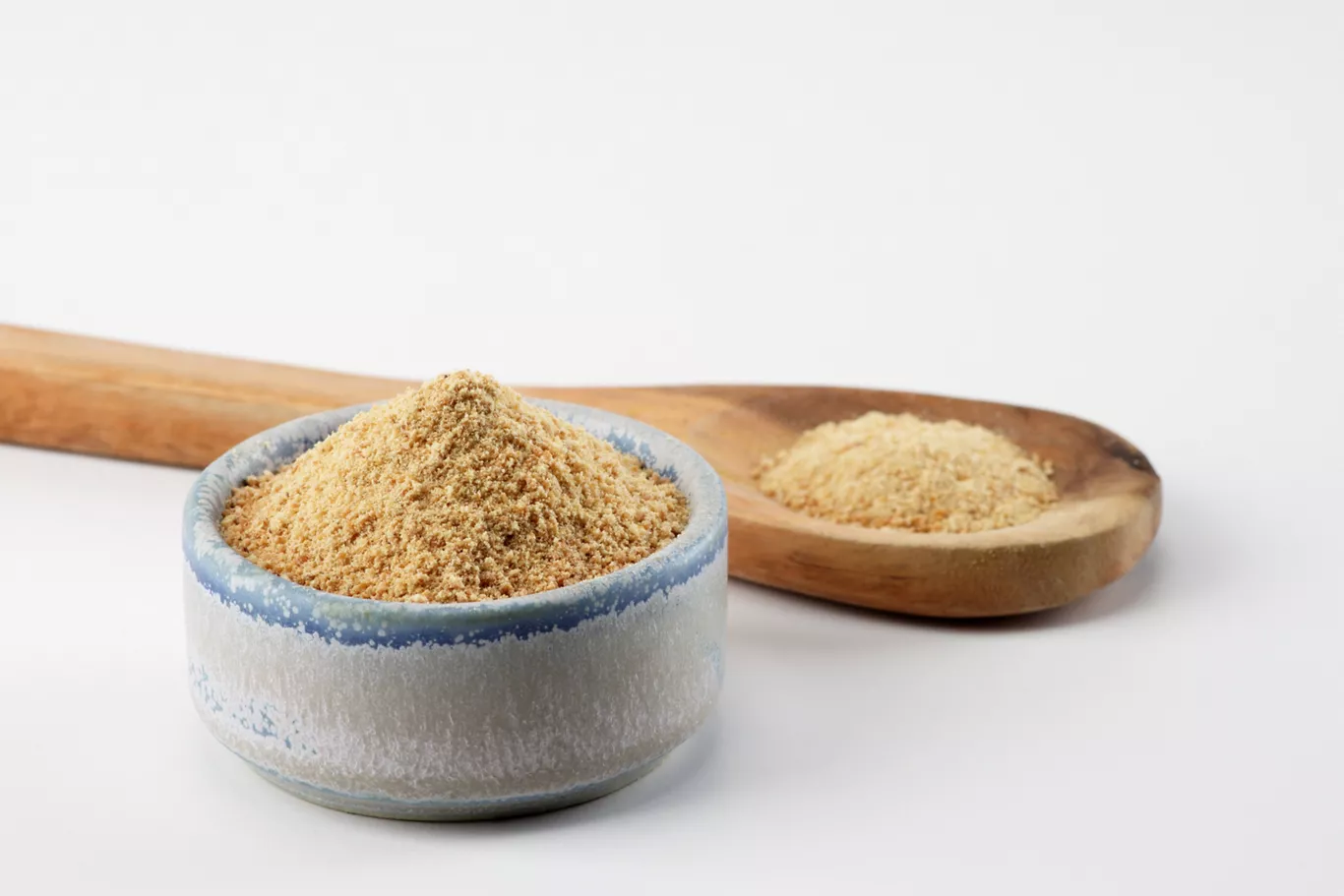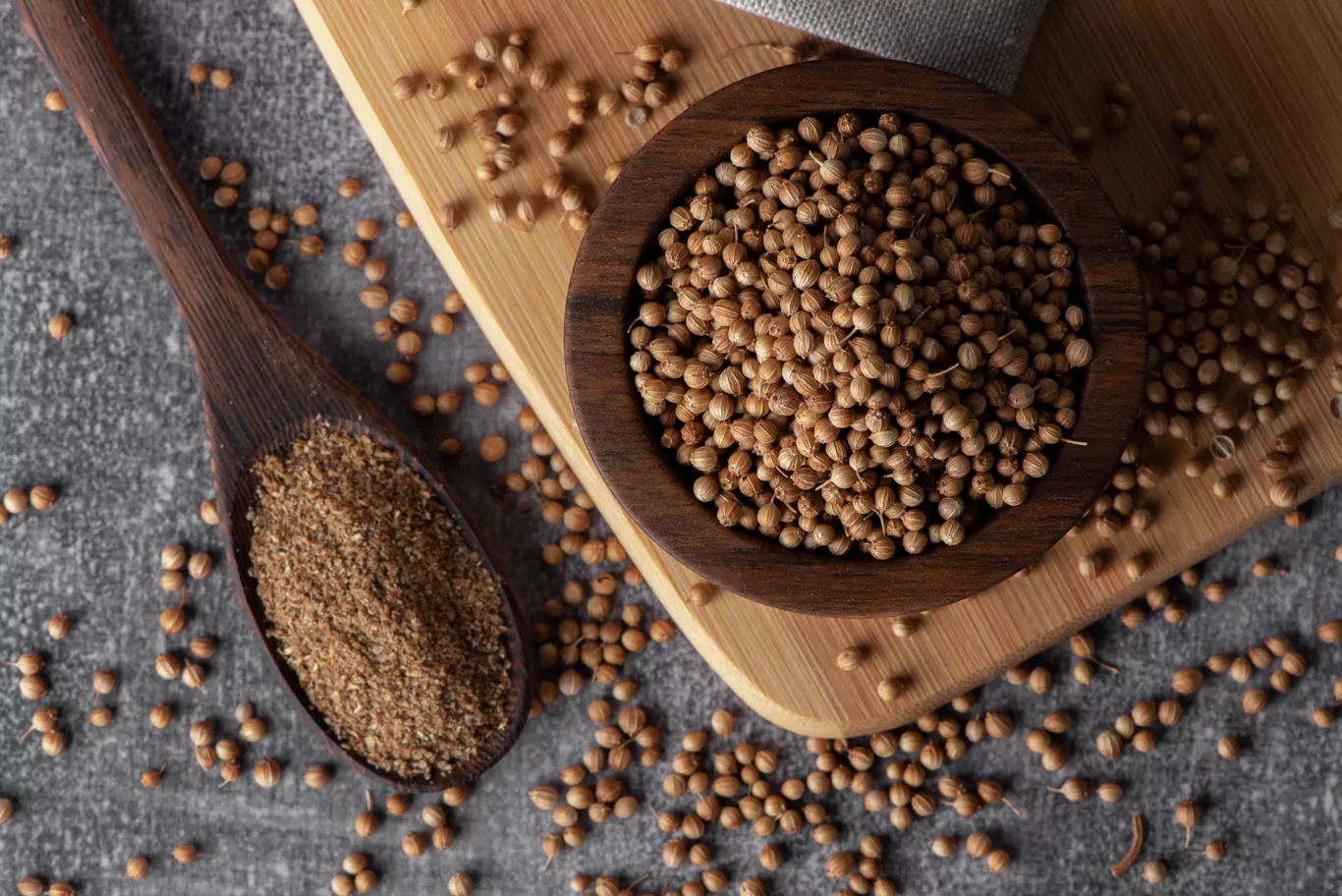India has diverse cultures, vibrant traditions, and an unparalleled passion for food. The country’s rich culinary heritage is celebrated globally for its complexity of flavours and use of various spices. Among the myriad spices adorn Indian kitchens, three stand out as the pillars of Indian cooking: Cardamom, Cumin, and Coriander—fondly known as the three C’s of Indian spices. These spices are more than mere ingredients; they are cultural icons, integral to the essence of Indian cuisine, and found in almost every household, from the bustling city kitchens to the quiet, rustic homes in the countryside.
A Deep-Rooted Connection
Cardamom, cumin, and coriander have been a part of Indian kitchens for centuries. Their usage dates back to ancient times, documented in historical texts and the recipes passed down through generations. The sight of these spices lined up in jars, the aroma wafting through the kitchen, and the distinctive flavours they impart to dishes are all part of the nostalgic connection that Indian families have with these three spices.
For many, the mere smell of roasting cumin or the scent of freshly ground cardamom can transport them back to their childhood, recalling memories of family meals, festive feasts, and the comforting presence of loved ones in the kitchen. These spices are not just ingredients; they are memories, traditions, and stories waiting to be shared.
Cardamom: The Queen of Spices
Often referred to as the “Queen of Spices,” cardamom has a unique place in Indian cuisine. It is celebrated for its sweet, floral aroma and the warm, spicy undertones that it brings to both savoury and sweet dishes.
Forms of Cardamom:
Whole Green Cardamom Pods: The green cardamom pod, with its tiny seeds encased inside, is a common sight in Indian households. It is used whole in dishes like biryanis, pulaos, and curries, where the pods release their essence into the food, imparting a subtle yet distinct flavour.
Ground Cardamom: Ground cardamom is often used in desserts and sweet dishes such as kheer, laddoos, and halwa. A pinch of this aromatic powder can elevate the flavour of any dish, adding a layer of complexity and richness.
Black Cardamom: Less sweet and more robust than its green counterpart, black cardamom is typically used in savoury dishes. It’s a key ingredient in garam masala and various meat curries, where its smoky, earthy flavour adds depth to the dish.
Culinary Uses:
Cardamom’s versatility extends beyond traditional dishes. It’s used in chai, the beloved Indian spiced tea, and is an essential part of masala mixes and spice blends. In festive desserts like payasam or festive rice dishes like zarda, cardamom brings a touch of celebration and indulgence to the table.
Cumin: The Everyday Essential
Cumin, with its warm, nutty flavor and distinctive aroma, is perhaps the most ubiquitous of Indian spices. No kitchen in India is complete without this versatile spice, which is used in a variety of forms to add flavor to countless dishes.
Forms of Cumin:
Whole Cumin Seeds: Whole cumin seeds are a staple in Indian cooking. They are often toasted or fried in oil or ghee at the beginning of the cooking process, releasing a burst of flavor that forms the base of many dishes like dals, curries, and vegetable stir-fries.
Ground Cumin: Ground cumin is used to enhance the flavour of dishes, giving them a warm, earthy undertone. It’s commonly added to spice blends like garam masala, chaat masala, and curry powders, providing a subtle yet essential flavour.
Roasted Cumin Powder: Roasted cumin powder, with its deeper, smokier flavour, is used as a finishing touch in dishes like raitas, chaats, and salads. A sprinkle of this fragrant powder can transform a simple dish into something special.
Culinary Uses:
From the humble everyday dal to elaborate festive preparations, cumin is an essential part of Indian cooking. It’s used in tempering, added to spice blends, and even mixed with salt to create a simple yet flavorful seasoning. The aroma of cumin seeds sizzling in hot oil is a familiar and comforting sound in Indian kitchens, signalling the beginning of a delicious meal.
Coriander: The Fragrant Herb
Coriander, known for its fresh, citrusy flavour, is a quintessential ingredient in Indian cuisine. Both its seeds and leaves are used extensively, each bringing a distinct flavour to dishes.
Forms of Coriander:
Whole Coriander Seeds: Whole coriander seeds are used in pickles, spice blends, and marinades. When toasted and ground, they release a warm, nutty aroma that enhances the flavour of curries and stews.
Ground Coriander: Ground coriander is a staple in Indian spice mixes. It adds a mild, sweet flavour to dishes, balancing the heat of other spices. It’s an integral part of masalas used in everything from curries to snacks.
Coriander Leaves: Fresh coriander leaves, or cilantro, are widely used as a garnish. They add a burst of freshness and colour to any dish, from rich curries to light salads and snacks.
Culinary Uses:
Coriander is a versatile spice that is used in both its forms to flavor and garnish dishes. Ground coriander is a key ingredient in many spice blends, while fresh coriander leaves are added to chutneys, and salads, and as a final garnish to almost any dish, enhancing both the flavour and appearance.
The Three C’s in Every Indian Kitchen
The three C’s—cardamom, cumin, and coriander—are more than just spices; they are the soul of Indian cooking. Their flavours are distinct yet harmonious, coming together to create the complex and layered flavours that Indian cuisine is known for.
Each of these spices holds a special place in the kitchen and the heart. They are used in everyday cooking as well as in festive feasts, binding together the diverse culinary traditions of India. Whether it’s a simple bowl of dal or a luxurious biryani, these spices are indispensable, adding flavour, aroma, and a touch of nostalgia to every meal.
Conclusion
Cardamom, cumin, and coriander are the backbone of Indian cuisine, each bringing its unique character and charm to the table. Their presence in the kitchen is a testament to India’s rich culinary heritage, evoking memories, flavours, and aromas that are an integral part of Indian life. These three C’s continue to inspire and elevate Indian cooking, making every dish a celebration of tradition and taste.
FAQ
Yes, you can substitute ground cumin for whole cumin seeds. However, the flavour will be slightly different. Whole cumin seeds, when toasted or fried in oil, release a more intense and aromatic flavour. Ground cumin, on the other hand, provides a subtler, more uniform flavour. If a recipe calls for whole seeds and you only have ground cumin, use a smaller amount to avoid overpowering the dish.
Cardamom is best stored in an airtight container in a cool, dark place. Whole cardamom pods retain their flavour longer than ground cardamom. If you use ground cardamom, consider grinding it fresh from the pods as needed to ensure maximum flavour and aroma in your dishes.
Coriander leaves are typically used as a garnish or added towards the end of the cooking process to preserve their fresh, citrusy flavour. They can be chopped and sprinkled over curries, dals, and salads or blended into chutneys and marinades. Adding them at the last minute helps maintain their vibrant green colour and fresh taste.
No, black and green cardamom have distinct flavours and are not directly interchangeable. Green cardamom is sweet and aromatic, making it suitable for both sweet and savoury dishes. Black cardamom has a smoky, robust flavour, ideal for savoury dishes like meats and hearty stews. Using one in place of the other will alter the intended flavour of the dish.
To enhance the flavour of cumin, try dry roasting the seeds in a pan until they become aromatic and slightly darker in colour. You can then use them whole or grind them into a powder. This process intensifies the flavour and adds a deeper, smokier note to your dishes. Alternatively, tempering cumin seeds in hot oil or ghee at the beginning of cooking releases their essential oils, infusing the dish with their distinctive aroma.
